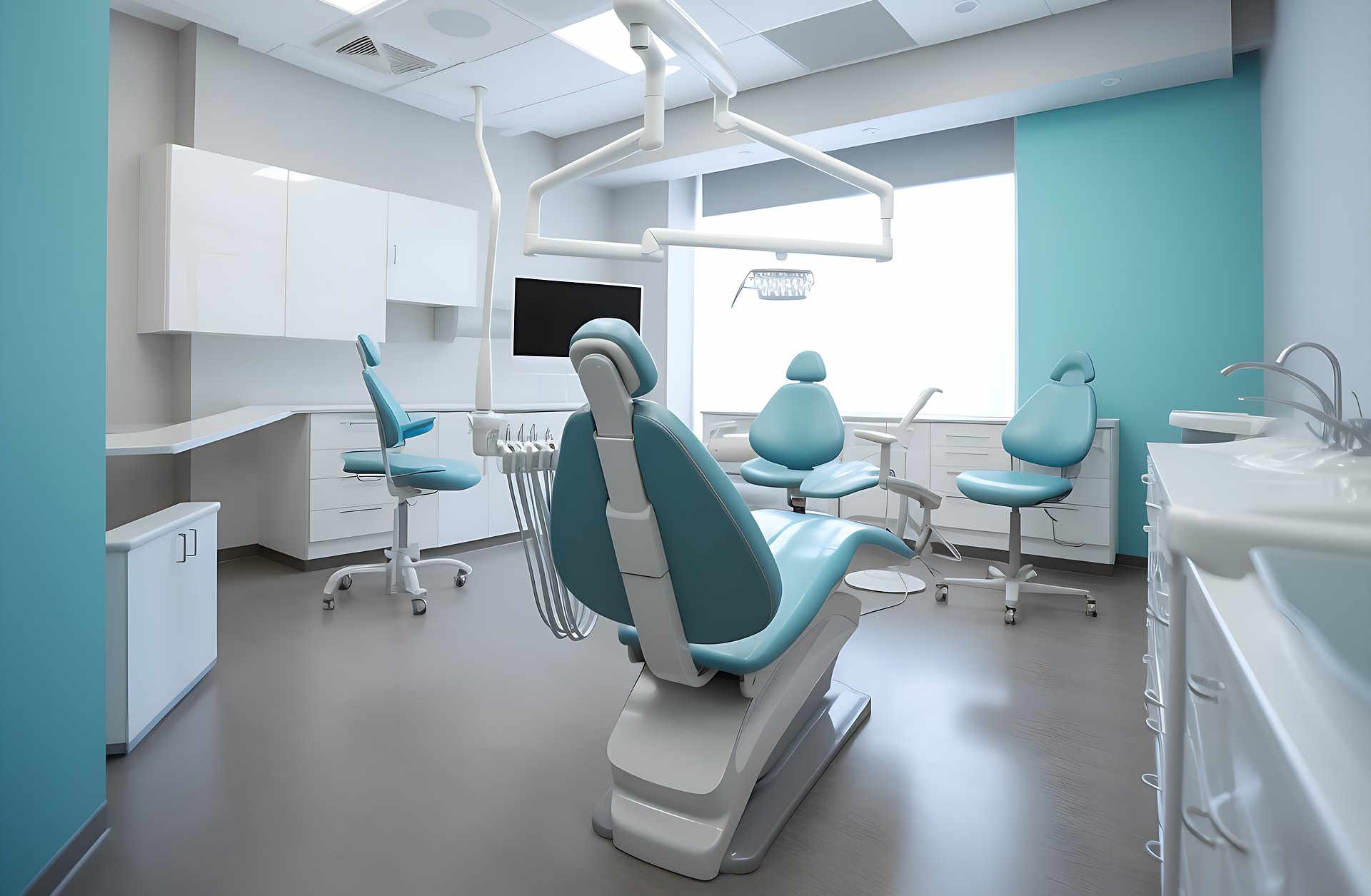Understanding Modern Orthodontic Care: Options for Better Dental Alignment
Orthodontic treatment has evolved significantly over recent decades, moving far beyond traditional metal braces to include a variety of innovative options that address both aesthetic concerns and functional dental issues. Orthodontists are dental specialists who have completed additional years of training beyond dental school, focusing specifically on diagnosing, preventing, and treating dental and facial irregularities. Their expertise helps patients achieve properly aligned teeth and jaws, which contributes to improved oral health, better function, and enhanced appearance. Modern orthodontic care considers factors such as patient age, lifestyle requirements, and treatment goals to create personalized solutions for optimal results.
Modern Orthodontic Options for Better Dental Alignment
Today’s orthodontic patients benefit from technological advancements that have transformed treatment possibilities. Traditional metal braces remain effective and have been improved with smaller brackets and more comfortable designs. Clear aligners like Invisalign have revolutionized orthodontic care by offering a nearly invisible treatment option that works through a series of removable plastic trays. These aligners gradually shift teeth into proper position while allowing patients to maintain normal oral hygiene routines and enjoy unrestricted diets.
Ceramic braces provide another alternative, using tooth-colored or clear brackets that blend with natural teeth while functioning similarly to metal braces. For those requiring more discreet treatment, lingual braces are attached to the back surfaces of teeth, making them virtually invisible from the front. Self-ligating braces eliminate the need for elastic bands and may reduce treatment time for some patients. Each option presents distinct advantages in terms of appearance, comfort, treatment duration, and maintenance requirements, allowing orthodontists to recommend the most suitable approach for individual cases.
Exploring Orthodontic Treatments for Different Age Groups
Orthodontic care can be appropriate at virtually any age, though treatment approaches differ significantly across life stages. For children, early intervention may begin around age 7-8 with interceptive orthodontics that addresses developing problems while the jaw is still growing. This might include palatal expanders to create space for permanent teeth or appliances to correct harmful habits like thumb-sucking. These early treatments can potentially reduce the complexity of later orthodontic work.
Adolescence remains the most common time for comprehensive orthodontic treatment, as all permanent teeth have usually erupted while growth can still be harnessed to facilitate tooth movement. Teen patients have access to the full range of treatment options, though compliance and lifestyle factors must be considered when selecting the most appropriate approach.
Adult orthodontics continues to grow in popularity, with many professionals seeking treatment they missed during childhood or addressing new alignment issues that have developed over time. While adults can benefit from most orthodontic options, they may face additional challenges including prior dental work, bone density changes, or periodontal concerns that require special consideration. Treatment timelines are often longer for adults, but the cosmetic and functional improvements remain significant regardless of age.
Orthodontic Care Solutions that Improve Oral Health
While many patients seek orthodontic treatment primarily for aesthetic reasons, properly aligned teeth offer substantial health benefits beyond appearance. Crowded or misaligned teeth create areas that are difficult to clean effectively, potentially leading to plaque accumulation, tooth decay, and gum disease. Correcting these alignment issues makes proper oral hygiene more manageable and effective.
Malocclusion (improper bite) can cause abnormal wear on tooth surfaces, stress on supporting bone and gum tissues, and even contribute to temporomandibular joint (TMJ) disorders that cause jaw pain and dysfunction. Orthodontic treatment addresses these functional concerns by creating proper occlusion where upper and lower teeth meet correctly. This balanced bite distributes forces evenly during chewing and speaking, potentially reducing headaches, jaw pain, and excessive tooth wear.
Additionally, certain orthodontic interventions can improve airway function, potentially alleviating breathing issues or sleep disorders. For example, expanding the upper arch or advancing the lower jaw may create more space for proper airflow. Speech impediments related to tooth positioning may also improve following successful orthodontic treatment, demonstrating how these interventions address both form and function.
What to Expect During Orthodontic Treatment
The orthodontic treatment journey typically begins with a comprehensive consultation including examination, photographs, X-rays, and potentially digital scans to create a precise diagnosis and treatment plan. After appliances are placed, patients attend regular adjustment appointments approximately every 4-8 weeks, depending on the treatment method and individual needs.
Treatment duration varies significantly based on case complexity, chosen method, and patient compliance. Simple alignment issues might resolve in 6-12 months, while complex cases involving bite correction can require 24-36 months of active treatment. Following the active phase, most patients wear retainers to maintain results, initially full-time and eventually just during sleep hours.
Discomfort typically occurs after initial placement and adjustment appointments but subsides within days. Modern orthodontic techniques have significantly reduced pain compared to previous generations of treatment. Dietary modifications may be necessary with certain appliances, particularly traditional braces that restrict consuming hard, sticky, or chewy foods that could damage components.
Financial Considerations for Orthodontic Treatment
Orthodontic treatment represents a significant investment in oral health with costs varying based on treatment complexity, method chosen, and geographic location. Traditional metal braces typically range from £1,500 to £3,000 for standard cases, while aesthetic options like ceramic braces may cost between £2,000 and £3,500. Clear aligner therapy such as Invisalign generally ranges from £2,500 to £5,500 depending on case complexity.
| Treatment Option | Average Cost Range | Treatment Duration | Key Considerations |
|---|---|---|---|
| Metal Braces | £1,500-£3,000 | 18-24 months | Most effective for complex cases, most visible option |
| Ceramic Braces | £2,000-£3,500 | 18-24 months | Less visible than metal, slightly more fragile |
| Lingual Braces | £3,000-£8,000 | 18-36 months | Completely hidden, may affect speech initially |
| Clear Aligners | £2,500-£5,500 | 12-18 months | Removable, less effective for complex cases |
| Early Intervention | £1,000-£3,000 | 6-12 months | May reduce need for comprehensive treatment later |
Prices, rates, or cost estimates mentioned in this article are based on the latest available information but may change over time. Independent research is advised before making financial decisions.
Many dental insurance plans provide partial coverage for orthodontic treatment, typically covering 25-50% of costs up to a lifetime maximum of £1,000-£1,500 per covered individual. NHS funding is available for children under 18 who qualify based on the Index of Orthodontic Treatment Need (IOTN), though this covers only functional rather than cosmetic concerns. Most orthodontic practices offer payment plans that spread costs over the treatment duration, making care more accessible without requiring full payment upfront.
Choosing the Right Orthodontic Solution
Selecting the most appropriate orthodontic treatment involves carefully balancing clinical needs, lifestyle considerations, and personal preferences. During consultation appointments, orthodontists evaluate factors including bite mechanics, tooth positioning, facial aesthetics, and skeletal relationships to determine which approaches will best address specific concerns. Patients should consider treatment time commitments, appearance preferences, maintenance requirements, and budget constraints when discussing options.
For those with complex needs, combination approaches might be recommended—perhaps beginning with traditional braces to correct significant bite issues before transitioning to clear aligners for final refinements. The most successful outcomes typically result from strong communication between patient and practitioner, realistic expectations about results, and consistent compliance with treatment protocols and follow-up care, including diligent retainer use to maintain achievements long-term.
This article is for informational purposes only and should not be considered medical advice. Please consult a qualified healthcare professional for personalized guidance and treatment.




